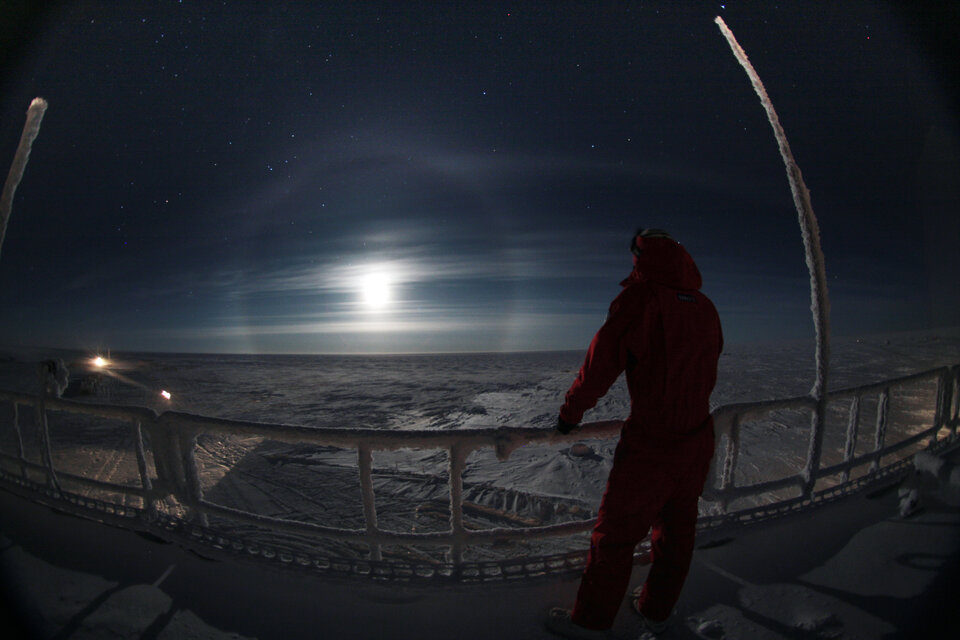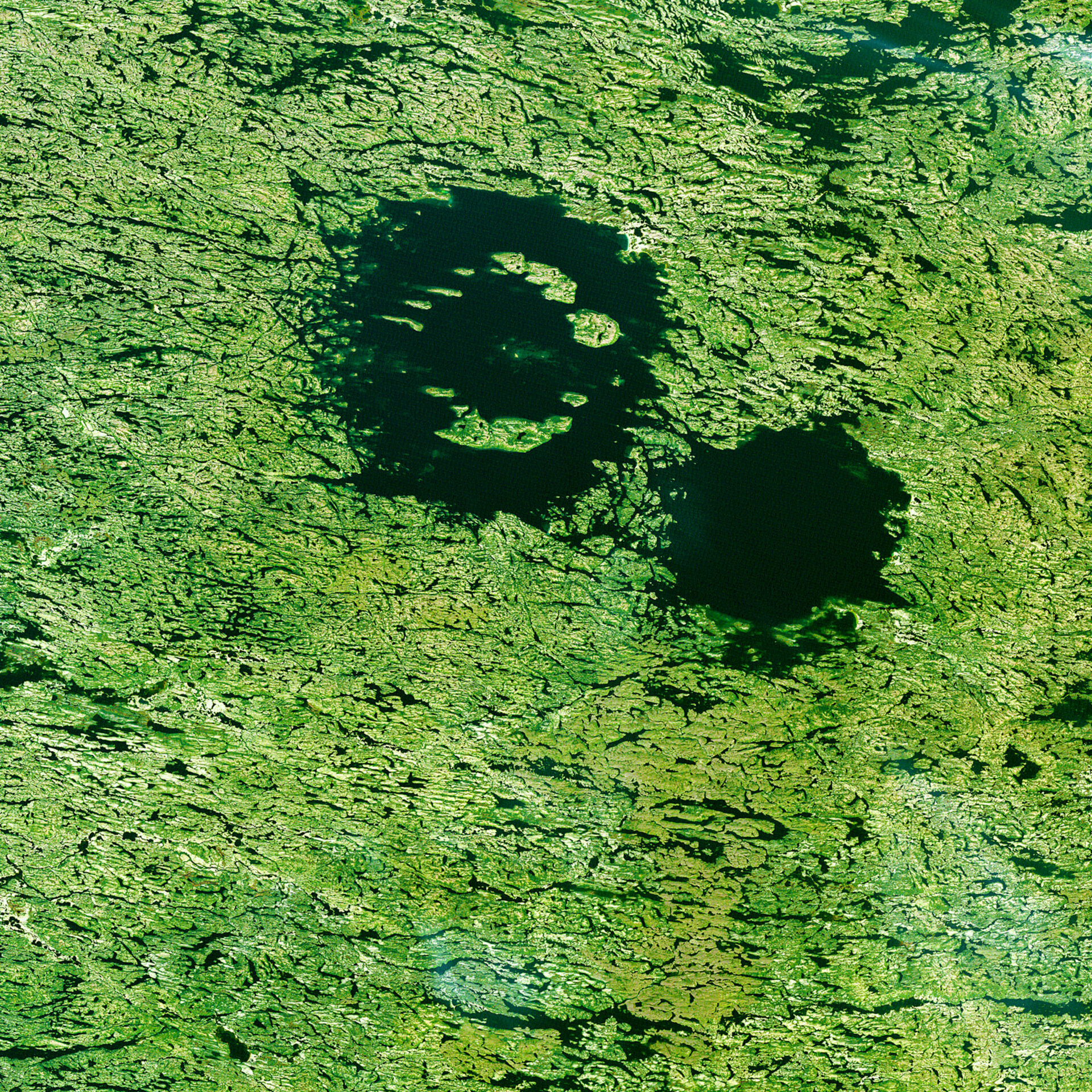Alien rocks exposed in Antarctica
Rocks from other planets can find their way to Earth, falling as meteorites. Evidence of old impacts can be seen in impact craters. Volcanism, erosion and deposition, and the growth of vegetation can all obscure the locations of meteorite impacts, and of course many fall directly into the sea. Antarctica, however, can provide a useful place to look for fallen meteorites – first, there are places in the ice where any rock exposed must have fallen from above, and secondly, natural changes in the ice sheet lead to ancient meteorites being exposed by melting.
More than 50,000 meteorites have been recovered by different international research teams working in the Antarctic. Perhaps the most famous was Allan Hills 84001, which was found in 1984. Some scientists argued that structures within the rock, which is from Mars, indicated fossilization of a primitive life form. Others suggested that the rock had been contaminated on Earth. One of the positive side effects of this was to increase interest in astrobiology worldwide.

Teams from Europe and Japan (SAMBA) and from the United States (ANSMET) make regular trips to Antarctica to make systematic searches for meteorites. The rocks they find are usually kept frozen and brought back to laboratories for many hours of dedicated analysis. In early 2013, the SAMBA team found an 18kg meteorite – the largest found in East Antarctica in the past 25 years.
The American-led ANSMET programme has been running expeditions since 1976. The specimens they discover are sent to NASA’s Johnson Space Center for scientific analysis. Most of the meteorites found turn out to be ordinary chondrites, but even this fairly well-known type of rock can yield valuable science results. The international research community can request fragments of different meteorites to work on for their own study.
Each meteorite recovered in Antarctica is logged, with the location of its discovery marked with GPS coordinates. Although hundreds of meteorites are recovered on the ice sheets every year, the scientific community still wants to see more specimens to build up the picture of how the Solar System formed and developed. The meteorite recovery teams face many physical challenges, but fewer than a mission into space. Essentially, they are like a sample-return mission that never leaves the surface of the Earth.




